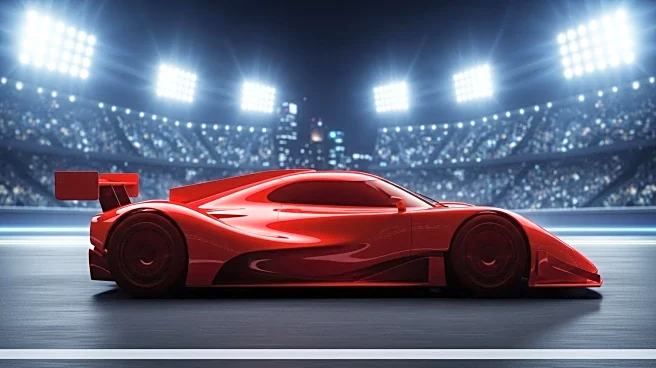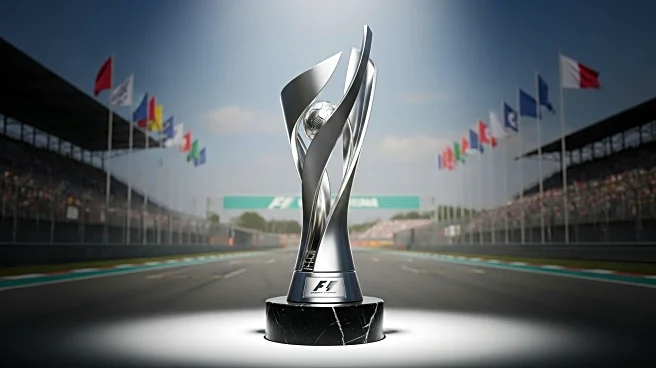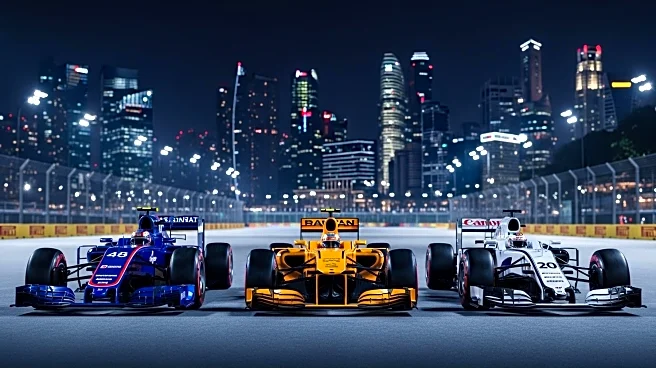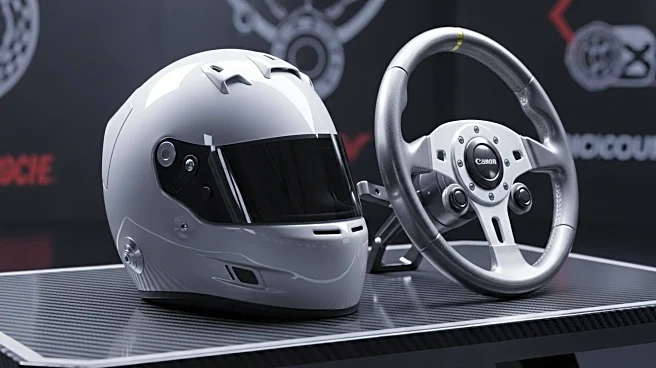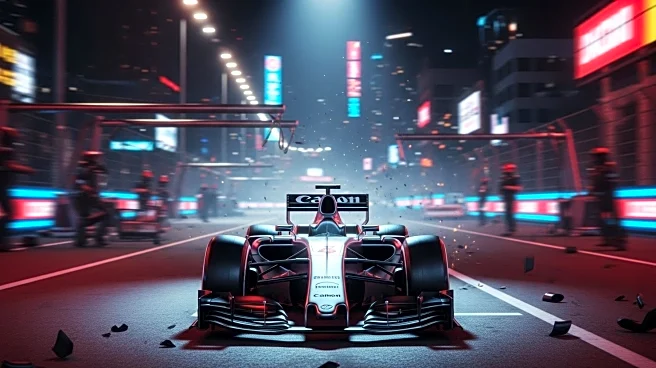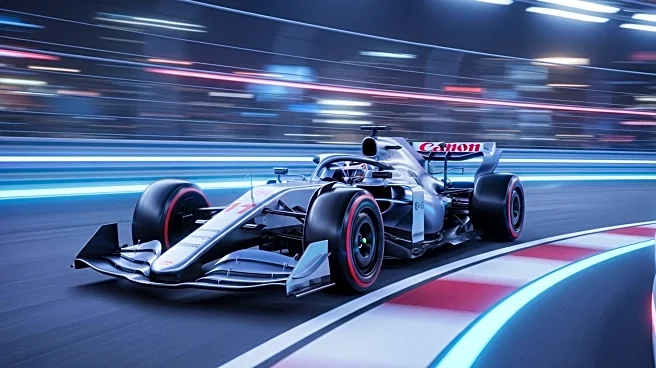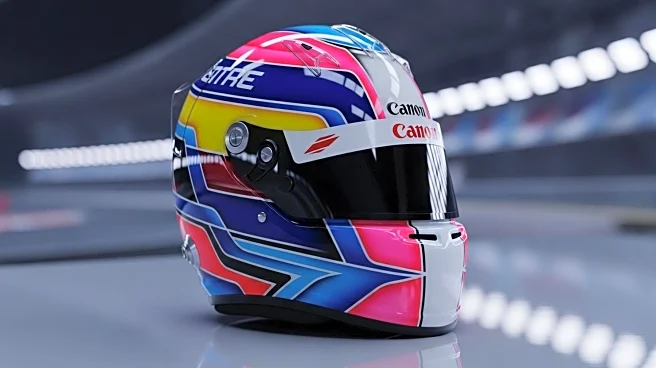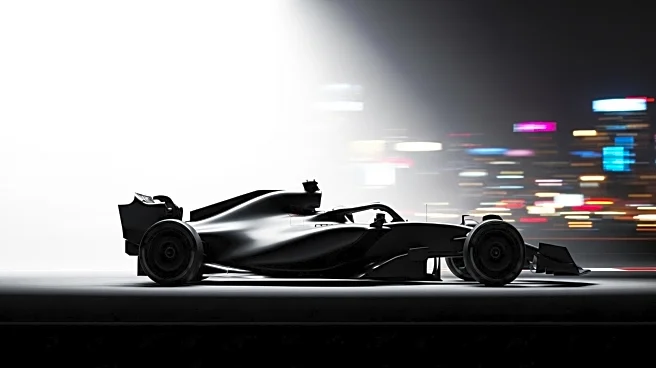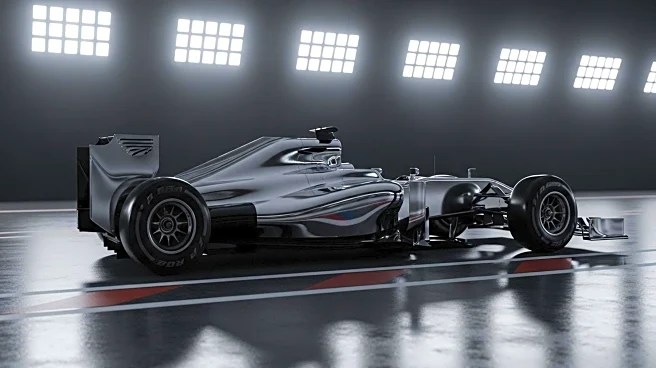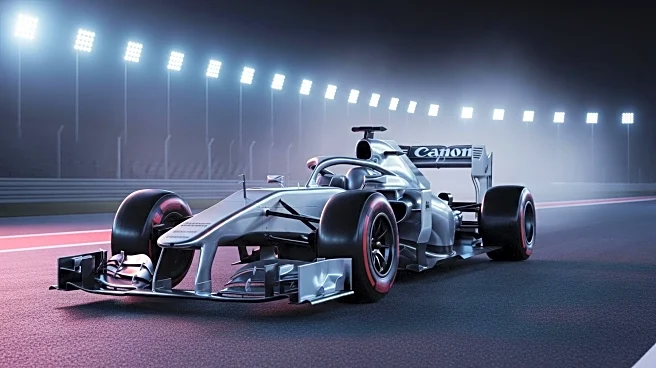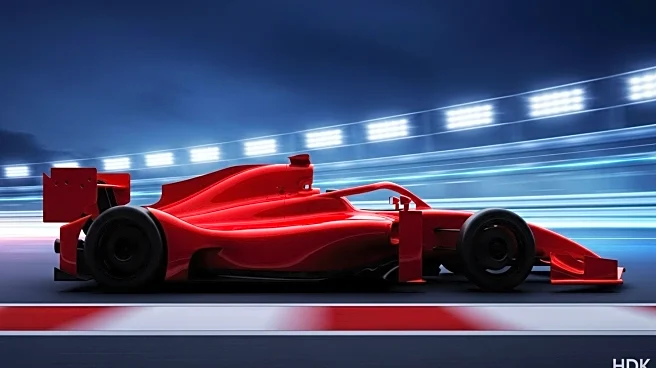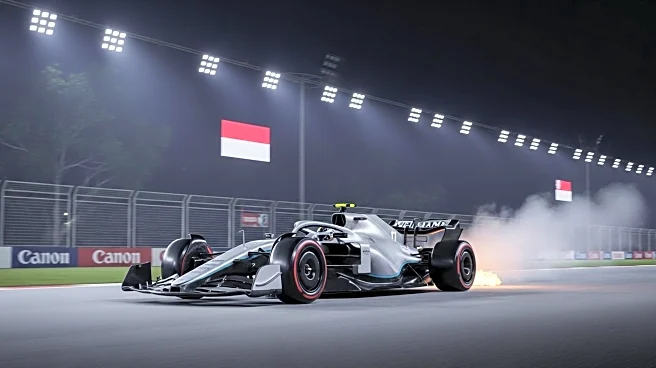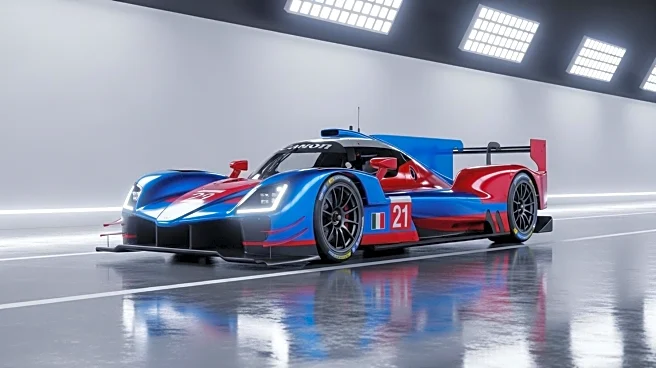What is the story about?
What's Happening?
During the Singapore Grand Prix practice sessions, Red Bull Racing demonstrated promising performance, indicating a potential recovery in their competitive standing. Max Verstappen's Red Bull car showed strong performance on the high-downforce track, which could signal a shift in the team's capabilities beyond low-downforce circuits. Despite disruptions from red flags caused by George Russell and Liam Lawson, the team managed to gather valuable data. Verstappen's car, equipped with recent balance improvements and front wing developments, performed efficiently, suggesting that Red Bull might be able to compete effectively against McLaren, at least in single-lap scenarios. The practice sessions also highlighted challenges faced by other teams, including McLaren and Aston Martin, as they navigated the track conditions.
Why It's Important?
Red Bull's improved performance in Singapore is significant for the Formula 1 season as it could alter the competitive dynamics among top teams. If Red Bull can maintain this level of performance, it may challenge McLaren's dominance, impacting the constructors' championship race. This development is crucial for Red Bull, which has been striving to enhance its car's efficiency on various track types. The ability to compete on high-downforce tracks could provide Red Bull with strategic advantages in upcoming races, potentially influencing team strategies and driver standings. The broader implications for the sport include increased competition and unpredictability, which can enhance viewer engagement and sponsor interest.
What's Next?
The next steps for Red Bull involve analyzing the data from the practice sessions to refine their car setup for qualifying and the race. Teams will continue to adjust their strategies based on the insights gained from the practice runs. Red Bull's focus will likely be on optimizing tire performance and managing fuel loads to ensure competitive race pace. Other teams, such as McLaren and Aston Martin, will also be working to address any issues identified during practice to improve their performance. The upcoming qualifying session will be crucial in determining the starting grid and could provide further insights into the competitive landscape for the race.
Beyond the Headlines
The developments in Singapore highlight the ongoing evolution of Formula 1 technology and strategy. Red Bull's ability to adapt its car to different track conditions reflects the importance of continuous innovation in the sport. This situation underscores the role of engineering advancements in shaping race outcomes and team success. Additionally, the disruptions during practice sessions due to red flags emphasize the unpredictable nature of racing, where external factors can significantly impact team performance and strategy.
AI Generated Content
Do you find this article useful?
